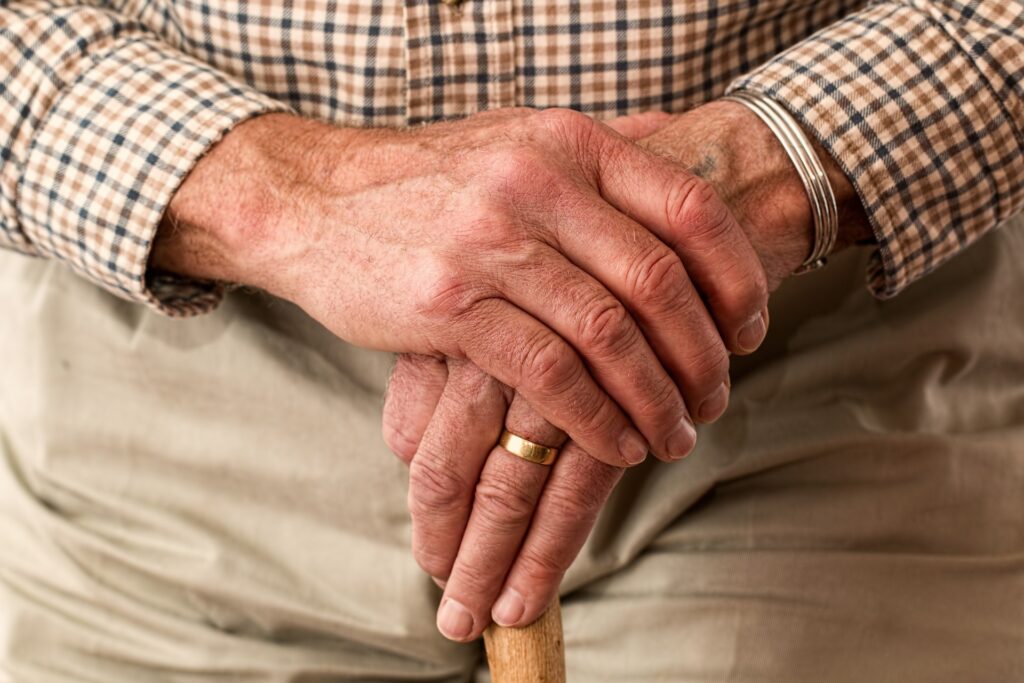
You might be surprised to learn that 15 million people in the United States have at least some Italian ancestry, and that 2.7 million people of Italian descent live in the New York metro area alone!
You might even be more surprised to learn that most of those people can potentially qualify for Italian citizenship by descent.
If you have at least one Italian-born ancestor, you might already be an Italian dual citizen… you just don’t know it yet.
And even if you are two, three, or four generations removed from Italy you can still qualify for an Italian passport. So the answer is a resounding yes: you can get Italian dual citizenship through great grandparents.
In this post, we’ll go over everything you need to know about getting Italian dual citizenship through great grandparents (and beyond).
What is Italian dual citizenship?
Current Italian citizenship is based on Law no. 91 of February 15, 1992. The basic principle of Italian citizenship is “jus sanguinis” which is a Latin term meaning by right of blood.
This means that anyone born to an Italian parent—anywhere in the world—is automatically an Italian citizen. This principle is true whether he or she ever actively seeks recognition of Italian citizenship. Even if Italian citizenship is never claimed it is still technically there, lying dormant until someone along the line seeks recognition.
That’s where you come in.
Because Italian citizenship is there even if unclaimed, it can pass from generation to generation in an unending chain (provided it’s not lost along the way, which we’ll explain below). This means that even if your parent, grandparent, great grandparent or beyond was Italian… you can be Italian, too!
Italian dual citizenship is almost unrestricted
Italy has some of the most lenient citizenship laws in the world. People of Italian descent are entitled to Italian dual citizenship regardless of where they live, how old they are, if they speak Italian, and how many generations removed from Italy… as long as they meet certain key criteria.
This means that you can get Italian dual citizenship through great grandparents (and beyond) if you can prove you’re eligible.
To do so, you must simply meet the following criteria:
- Your Italian ancestor must have been alive on or after March 17, 1861. Before this date, the country of Italy did not exist. That means that if your ancestor died before then, she or he was never technicallyItalian and therefore could not pass on Italian citizenship.
- Your Italian ancestor must have been an Italian citizen at the time of his or her child’s birth.
- If your Italian ancestor became a citizen of any other country besides Italy, two things must have happened: it must have been after the birth of his or her child, and it must have also been after July 1, 1912.
- If you have any women in your direct line of Italian descent, the year in which her child was born will determine where you apply for recognition of Italian dual citizenship. If her children were born before January 1st, 1948 you can apply at an Italian consulate or directly in Italy. If her children were born before January 1st, 1948, you must seek recognition through the Italian court system.
What breaks the “chain” of Italian dual citizenship?
If your Italian ancestor became a citizen of any other country besides Italy before August 15, 1992, then he or she automatically lost Italian dual citizenship. Thus, this breaks the “chain.”
However, if your ancestor lost Italian dual citizenship, you can still be eligible.
Provided that this loss of Italian citizenship occurred both after July 1st, 1912, and after the birth of his or her child, you may still be eligible. Put simply: even if your ancestor lost Italian citizenship, it doesn’t matter for the purposes of your own Italian dual citizenship application… as long as the ancestor had Italian citizenship at the time his or her child was born.
How to seek Italian dual citizenship through great grandparents
- First things first, find out where your great grandparents were from. Speak to older relatives if you need to. Look for family genealogical records. Websites like Ancestry and Family Search are an absolute goldmine when it comes to family history clues. Seek out possible naturalization records, certificates of arrival, marriage, and death certificates to find your ancestor’s place of birth.
- If you’re not able to find out anything via the above methods, here’s a helpful trick. Use an Italian demographic website like Cognomix. Plug in your last name and see where it occurs most in Italy. Cross reference this if you can with family lore. Then, start your search using a more narrowed-down list of towns.
- Once you’ve got the information you need, it’s time to work on your U.S. side. Gather all birth, marriage, death, and divorce records for everyone in a line leading back from your Italian ancestor to you.
- Gather your Italian ancestor’s naturalization records. Do a search on NARA and USCIS. If your ancestor never naturalized, do the exact same process. They will send you a no record found and a certificate of non-existence of a record. Then, get two census records. You’ll need the one immediately before and after the birth of his or her U.S.-born child.
- Translate your non-Italian records into Italian. Use a professional translator… not Google Translate!
- Apostille your non-Italian records. An apostille is a separate legalization that makes your documents valid for use in Italy.
- Book an appointment for Italian dual citizenship. You may be in for a long wait but trust us, it’s worth it!
- After your appointment, the Italian government has up to 24 months to process your application.
Want to hire an expert?
Overwhelmed with seeking Italian dual citizenship through great grandparents? Do you want some help? If so, feel free to reach out! We have over 15 years of experience assisting people just like you.
